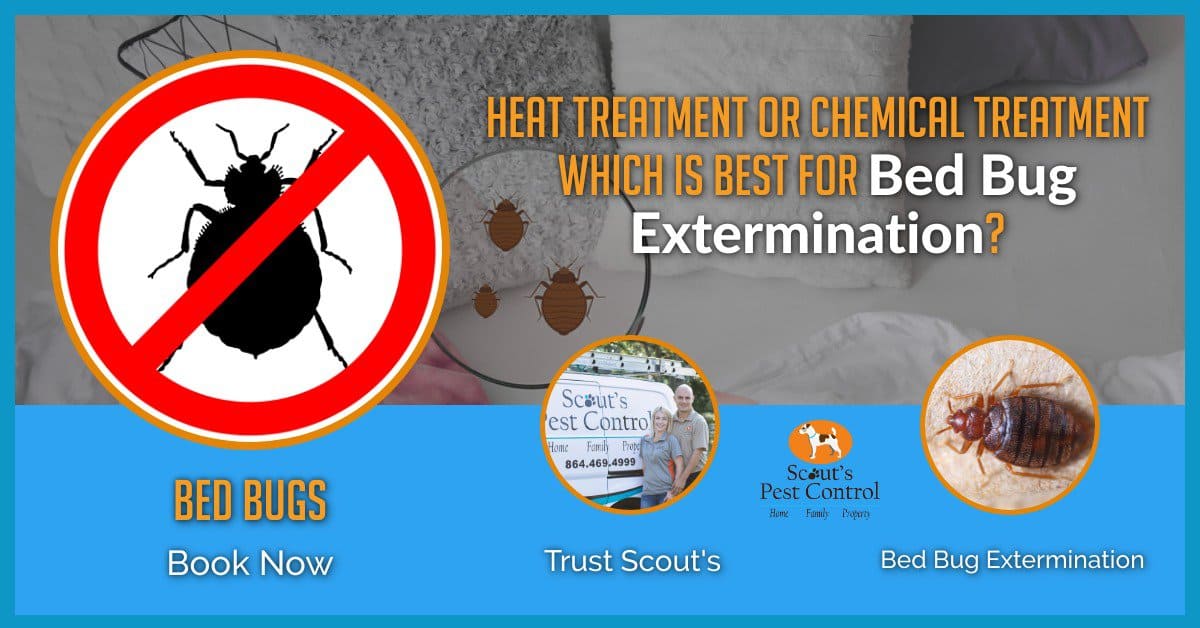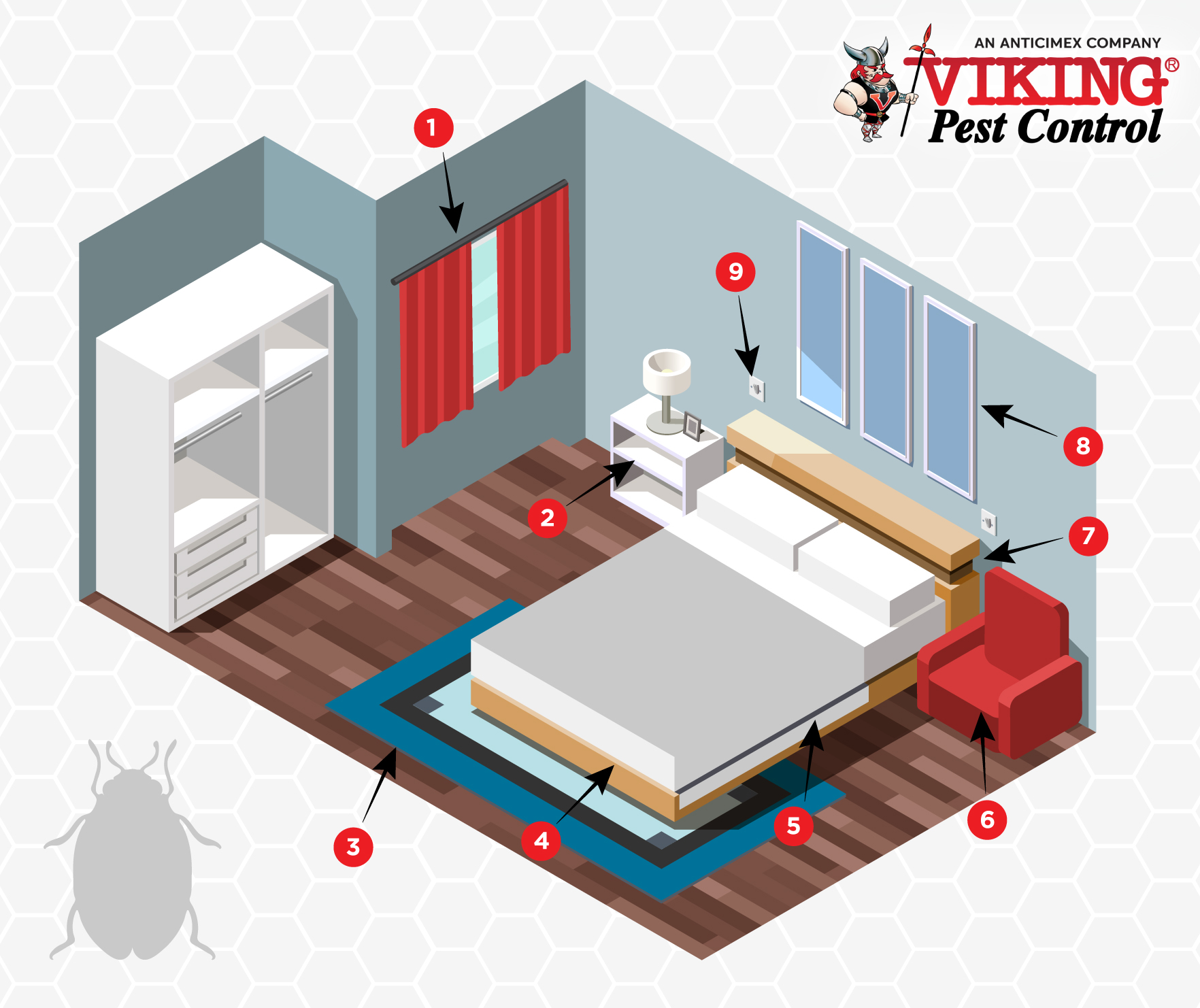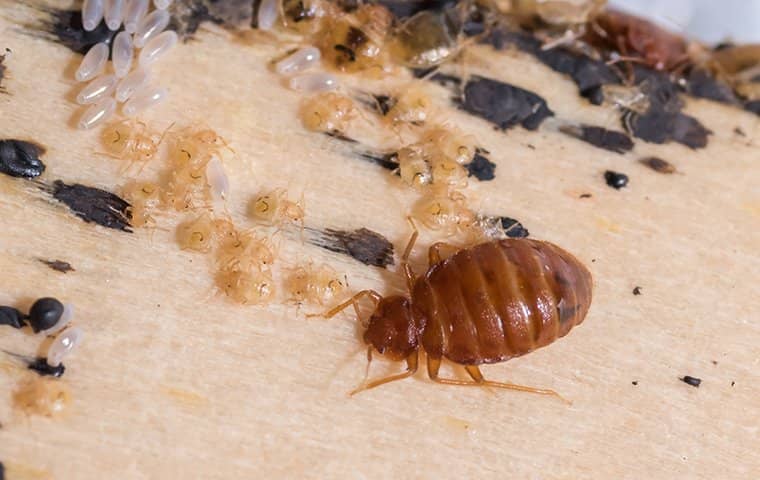Top Kings Cincinnati Pest Control Services: Pest Control Expert Knowledge
Top Kings Cincinnati Pest Control Services: Pest Control Expert Knowledge
Blog Article
Kinds Of Bug Control: Which Method Is Right for Your Infestation?
When faced with a pest infestation, the selection of an ideal technique for bug control is crucial in efficiently managing the scenario. By checking out the various types of insect control methods available, people can make informed choices tailored to their unique scenarios, ensuring a more effective and lasting result in bug removal.
Chemical Parasite Control
Chemical parasite control involves the use of synthetic or normally acquired chemicals to handle and eradicate pest populaces efficiently. This method is commonly made use of in agriculture, forestry, and household settings to combat a wide variety of bugs, including weeds, rats, and bugs. The usage of chemical pesticides can give fast and targeted solutions to pest invasions, making it a preferred choice for numerous individuals and services.
One of the vital benefits of chemical insect control is its capacity to quickly remove parasites, decreasing the threat of damage to crops, home, and human health. By utilizing specific chemicals that target certain bugs, this method can efficiently control invasions while decreasing damage to useful organisms and the atmosphere when applied properly.
However, making use of chemical parasite control likewise raises problems regarding prospective damaging results on non-target varieties, water sources, and human health. It is essential to follow security guidelines, apply chemicals sensibly, and take into consideration alternate insect control methods to decrease these threats and make sure sustainable pest monitoring practices.
Biological Parasite Control
Organic bug control, also referred to as biocontrol, utilizes living microorganisms to minimize and handle parasite populaces normally. This method uses the power of nature to manage parasites without the need for synthetic chemicals. Biocontrol can entail the intro of natural opponents of the bug species, such as killers, parasites, or virus, to suppress bug populaces. By utilizing the parasite's natural killers or microorganisms, biological bug control offers a lasting and environmentally pleasant service to pest management.

Mechanical Insect Control
Making use of physical and manual methods to handle bug populations, mechanical pest control supplies an alternative strategy that does not count on the usage of living microorganisms or artificial chemicals. This method involves making use of barriers, traps, or various other tools to physically hinder or eliminate bugs. By blocking parasite entrance factors or setting up catches to catch them, mechanical insect control can properly minimize infestations without presenting chemicals into the setting.
One usual example of mechanical bug control is making use of mesh screens on doors and home windows to protect against bugs from entering structures. This basic yet effective technique serves as a physical barrier, keeping parasites out while permitting appropriate air flow. Furthermore, devices like mousetraps, fly swatters, and ultrasonic repellents drop under the mechanical insect control category.
While mechanical pest control approaches can be labor-intensive and call for regular monitoring and maintenance, they use a eco friendly and sustainable option for taking care of parasite invasions. By integrating various mechanical strategies, home owners can produce an extensive insect control technique that reduces dependence on chemical pesticides.
Physical Insect Control

Some common physical insect control methods include making use of obstacles such as nets or screens to avoid bug entrance, traps to capture and get rid of bugs, and hand-picking to literally remove bugs from plants or structures. Additionally, techniques like find out here now warmth therapies can be used to control insects like bed insects by elevating the temperature to levels that are lethal to the pests.
Physical pest control is particularly valuable in incorporated insect administration (IPM) techniques, where multiple bug control methods are combined for efficient bug administration while reducing the use of chemicals. By using physical parasite control methods, individuals can efficiently resolve pest problems visit site with marginal ecological impact.
Integrated Pest Monitoring
When applying physical insect control techniques as component of insect monitoring approaches, Integrated Bug Monitoring (IPM) becomes an extensive technique that leverages various strategies to effectively manage pest populaces. IPM concentrates on long-lasting avoidance of bugs with a mix of organic, social, physical, and chemical devices tailored to specific bug problems. By integrating numerous control strategies, IPM intends to lessen the risks connected with pests while likewise decreasing reliance on chemical services.
One secret element of IPM is the emphasis on tracking and analyzing pest populations to identify the most suitable control methods. This positive method permits for very early intervention and targeted techniques, leading to much more effective parasite administration. In addition, IPM advertises eco friendly methods by focusing on non-chemical control approaches and just making use of pesticides as a last resource.
Verdict

By making use of the bug's natural killers or virus, biological bug control supplies a ecologically friendly and lasting solution to pest management. - Kings pest control cincinnati oh
Utilizing hands-on and physical approaches to manage pest populaces, mechanical pest control supplies an alternative strategy that does not count on the usage of living organisms or synthetic chemicals.A reliable technique to managing parasite populations without depending on chemical or biological approaches entails the use of physical pest control techniques.When carrying out physical pest control techniques as part of parasite management techniques, Integrated Insect Monitoring (IPM) emerges as a comprehensive technique that leverages numerous methods to efficiently manage pest populations. Chemical insect control entails the use of pesticides, biological parasite control makes use of natural killers, mechanical bug control involves check my source physical barriers, physical parasite control includes trapping or removing parasites, and integrated bug administration incorporates several techniques for an alternative method to pest control.
Report this page